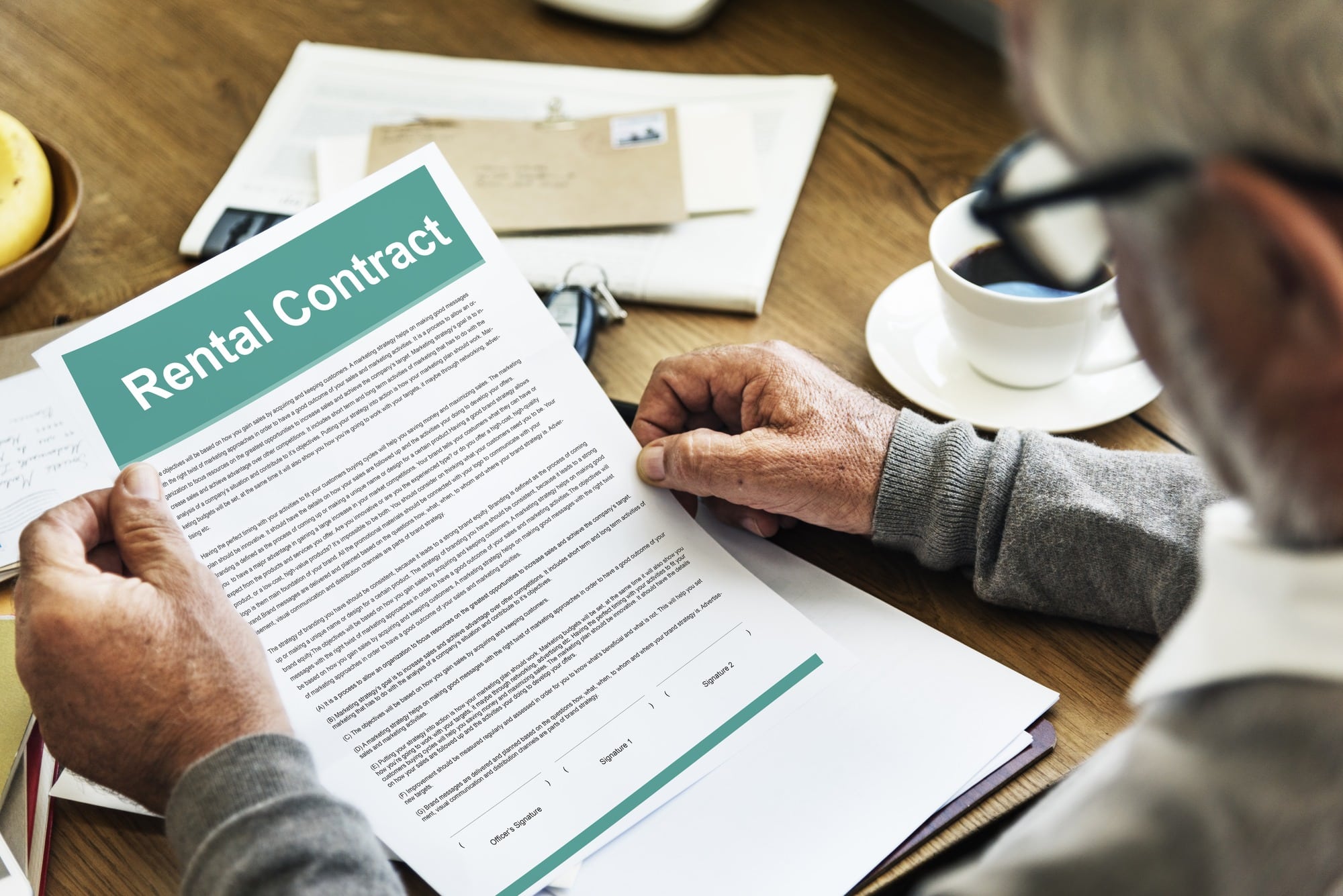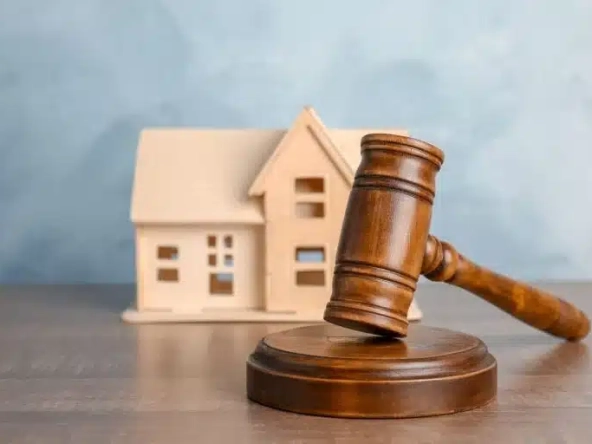In the intricate dance between landlords and tenants, the lease agreement stands as the choreography that sets the tone for a harmonious and legally sound relationship. Crafting an effective lease agreement is more than a formality; it is a strategic tool that not only outlines the terms of the arrangement but also safeguards the interests of both parties involved. In this blog, we will explore the key elements and strategies that landlords can employ to master the art of crafting effective lease agreements.
Clarity is Key – Defining Terms and Conditions
The foundation of any effective lease agreement lies in its clarity and specificity. Ambiguity in the terms and conditions can lead to misunderstandings and disputes down the road. Begin by clearly defining the basics: the duration of the lease, the rental amount, due dates, and any penalties for late payments.
In addition to the essentials, consider including details about maintenance responsibilities, utility payments, and any specific rules or regulations unique to the property. Clearly outlining the expectations for both parties creates a transparent framework, reducing the likelihood of conflicts and promoting a positive landlord-tenant relationship.
Customization for Property-Specific Considerations
Every rental property is unique, and an effective lease agreement should reflect its individual characteristics. Whether it’s a pet-friendly policy, parking arrangements, or specific rules for common areas, tailoring the lease agreement to address property-specific considerations is crucial.
Take the time to assess the distinct features of the property and incorporate them into the lease agreement. This not only helps to avoid misunderstandings but also demonstrates the landlord’s commitment to providing a clear and fair living arrangement.
Legal Compliance – Protecting Rights and Responsibilities
A well-crafted lease agreement is not just a formality; it is a legal document that outlines the rights and responsibilities of both parties. Ensuring that the lease agreement complies with local and state laws is non-negotiable. Landlords must stay informed about the legal requirements governing rental properties in their jurisdiction.
Incorporate clauses that address security deposits, eviction procedures, and maintenance responsibilities in line with legal standards. This not only protects the landlord’s interests but also provides tenants with a clear understanding of their rights, fostering a sense of security and trust.
Crafting an effective lease agreement is an art that requires attention to detail, clarity, and a thorough understanding of legal considerations. By approaching this task strategically, landlords can set the stage for a positive and mutually beneficial landlord-tenant relationship. From defining terms and conditions with clarity to customizing agreements for property-specific considerations and ensuring legal compliance, a well-crafted lease agreement is a cornerstone of successful property management. In mastering the art of lease agreements, landlords pave the way for a smoother, more harmonious renting experience for all parties involved.




